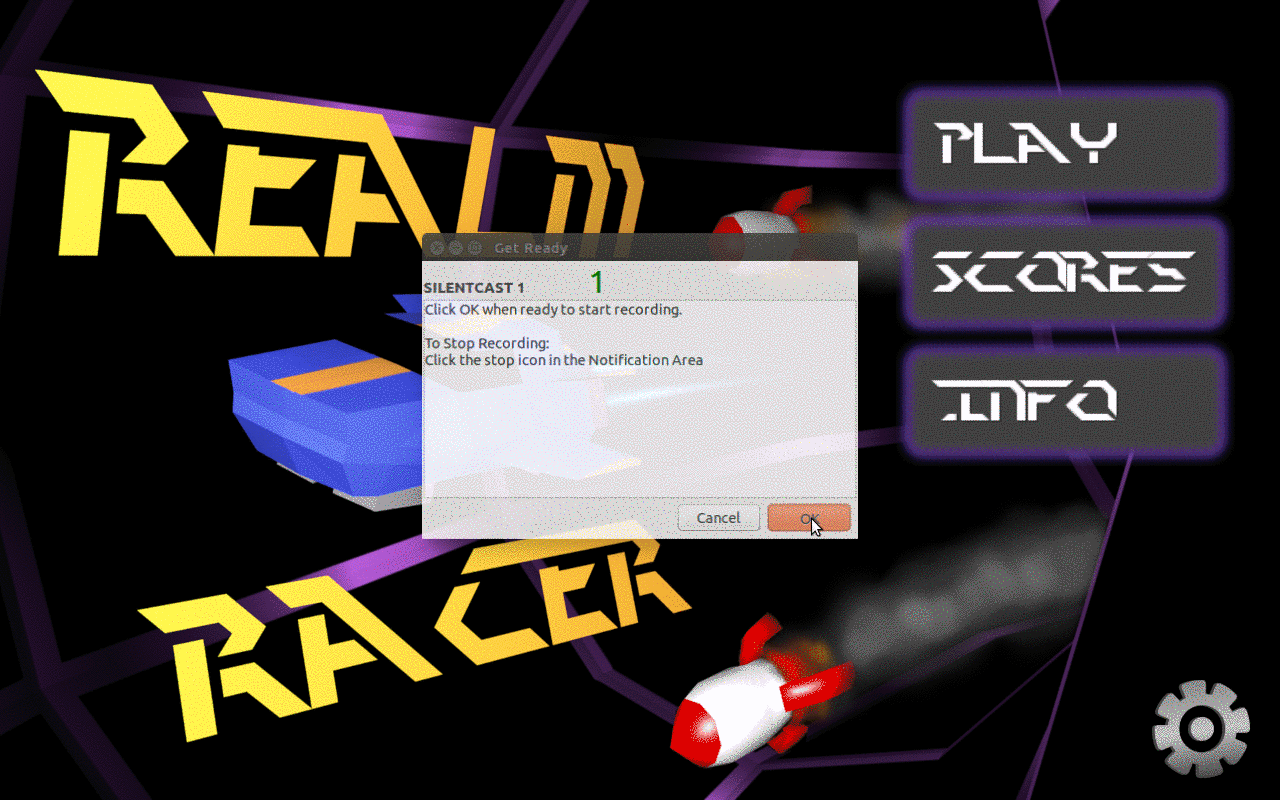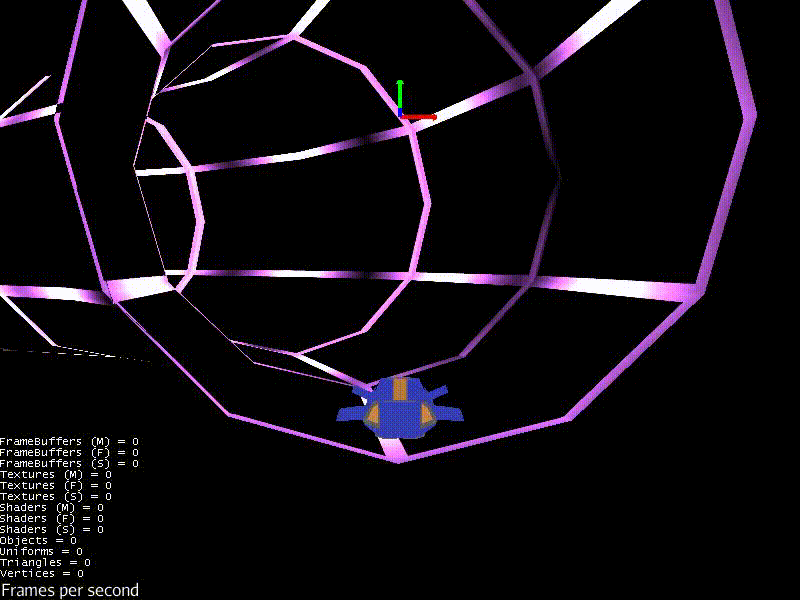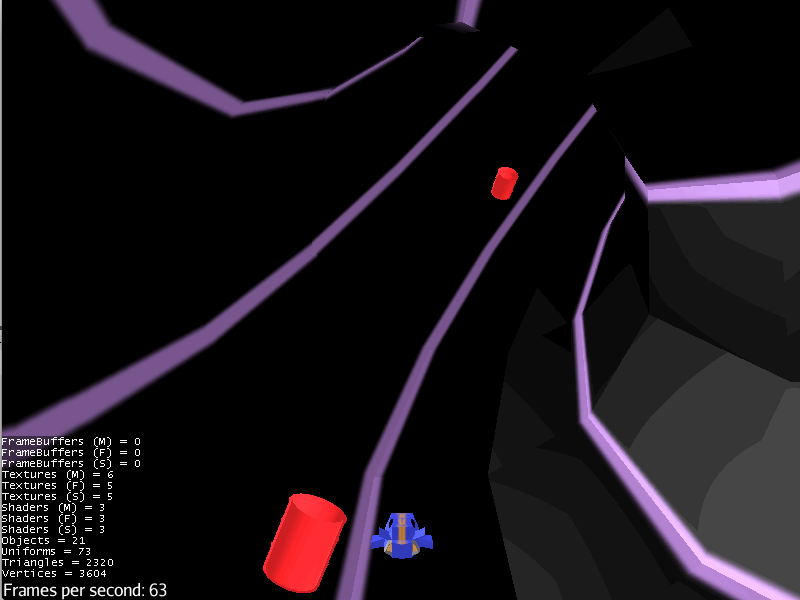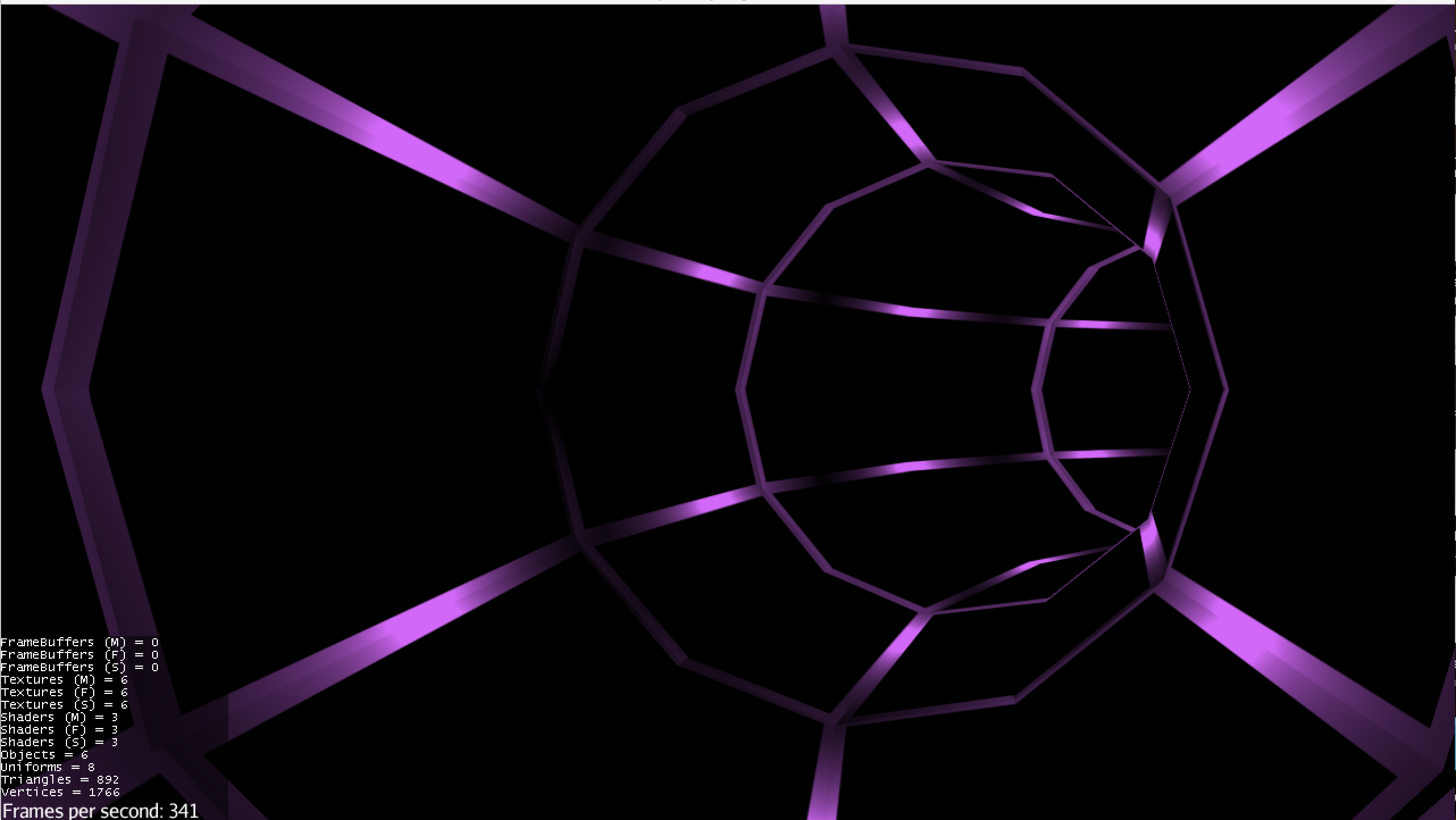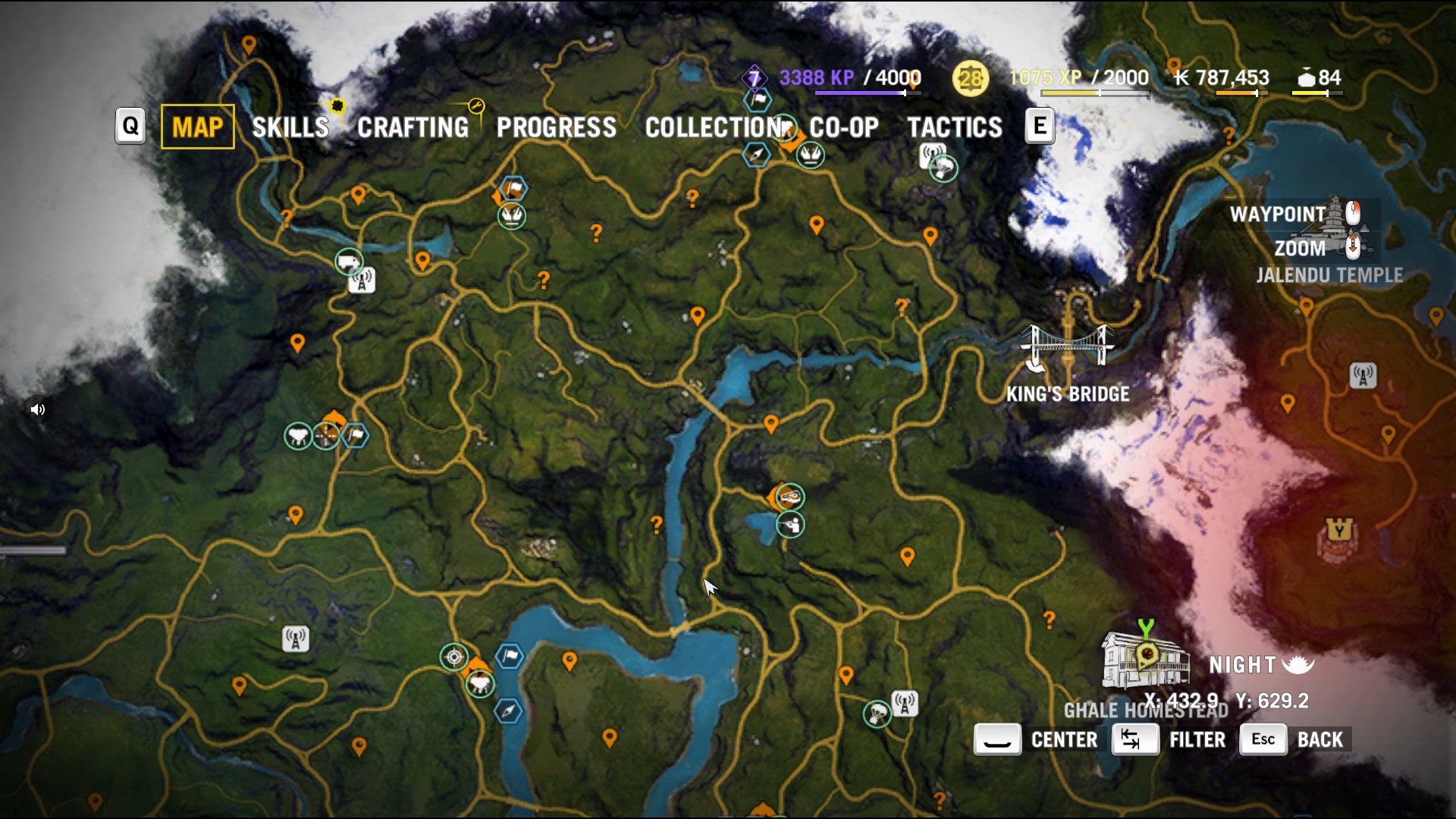A new logo is approaching (with a blog redesign)! One of the tasks on our Hack'n'Plan (a tremendous game planning web app, by the way) which wasn't directly connected to our game was designing a real logo for our studio, Elrel. Actually, many of you may not have heard of the word Elrel yet, because as far as this blog is concerned, it is only written in the footer. It is, however, our twitter handle and on the splash screen of our first game. The logo for our first game was rushed because we really wanted to release it. Thus, it was high time Elrel got a nice logo; one which can be easily recognized.
I want to dedicate a whole entry to the logo's creative process because of this post, which highlights the creative process behind Tiny Phoenix's logo. Despite what some comments say, I think the logo is splendid, and I'm glad the team reached something they liked. Designing a logo is not easy, and I learned that first hand while making our logo. Not all of you will agree with the decisions we made, and some of
… Continue Reading
